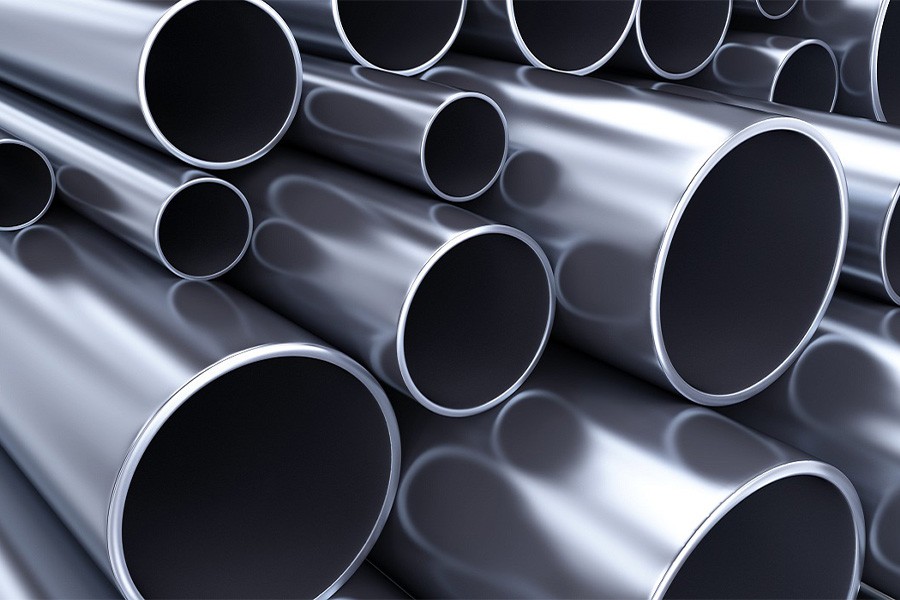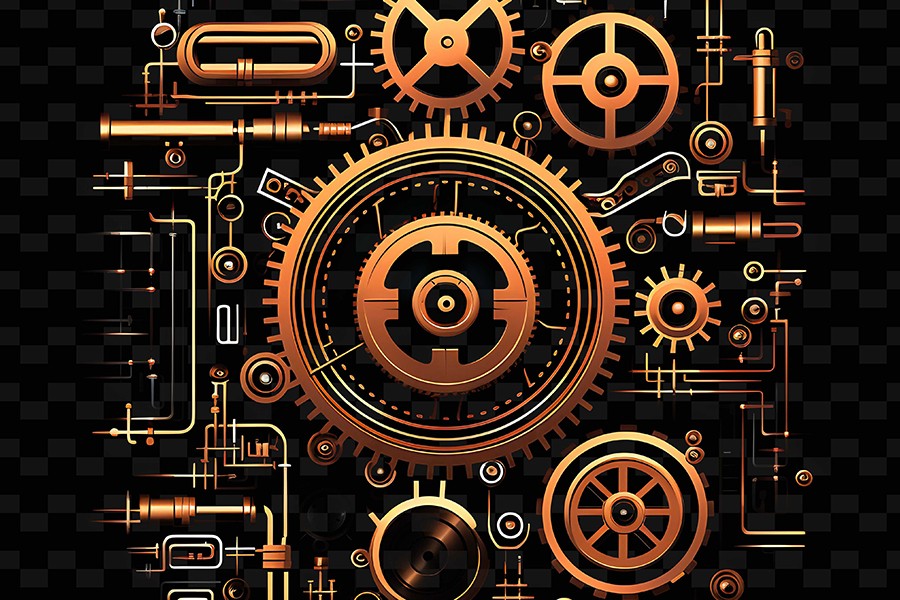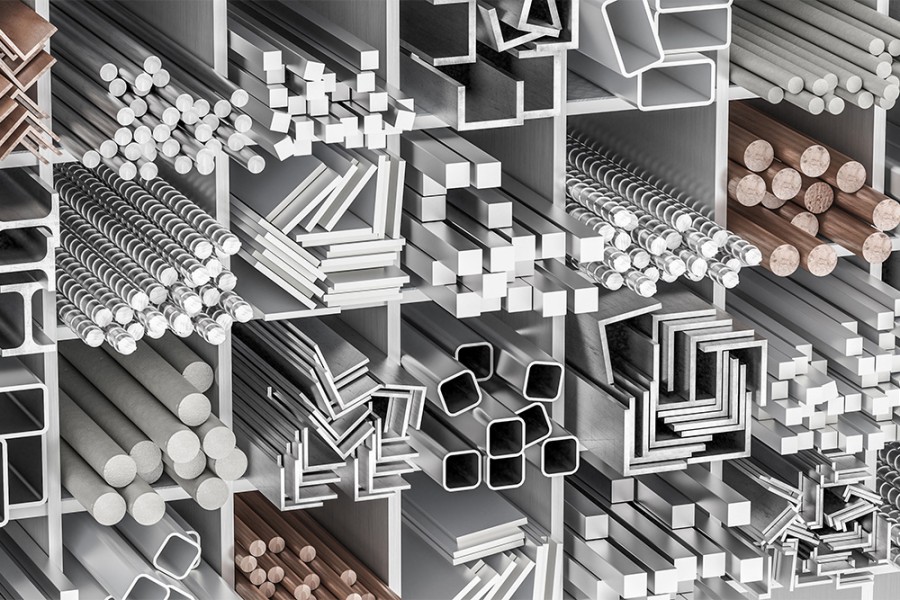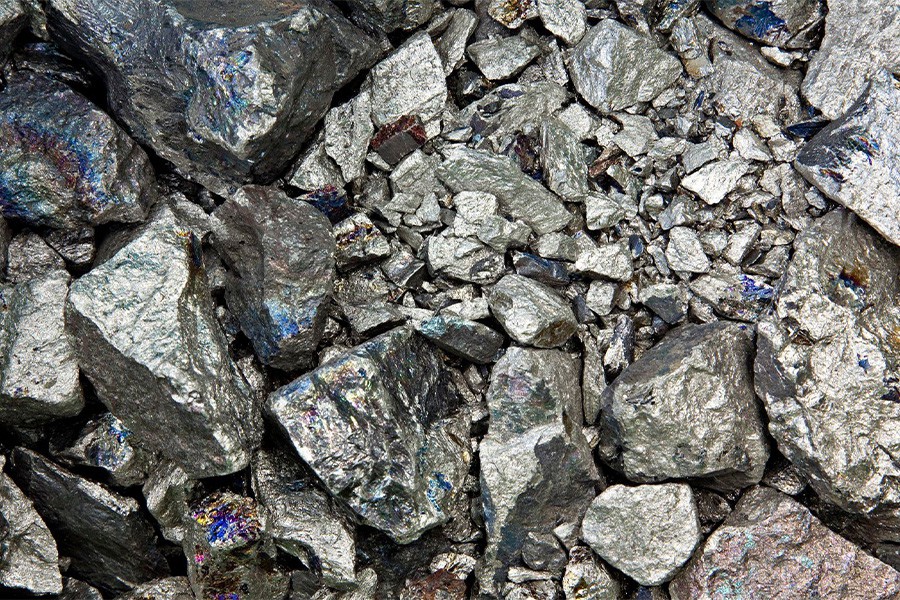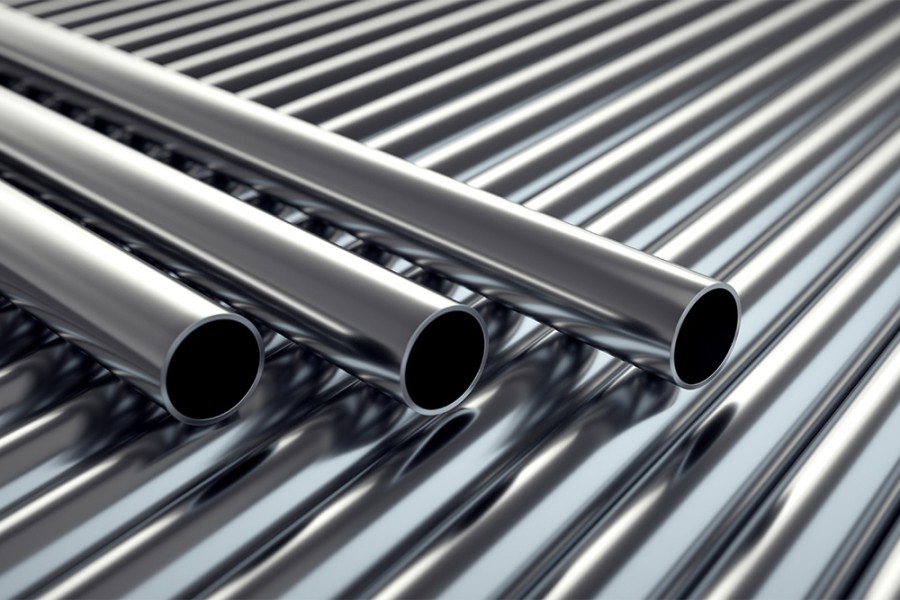
Electroplating processes are widely used in industrial settings for a wide variety of applications, from technological to decorative applications.
Although galvanic electrodeposition is a mature technology, its scientific research is still very active in this field, given new concepts, new applications and environmental regulations, as well as legislation and new material requirements for next-generation devices.
With the Fourth Industrial Revolution, research and development activities for metal surface treatments accelerated.
The demand for durable metals and adaptable manufacturing processes is needed in a wide range of applications, from automotive and aerospace to jewellery.
An important step in all manufacturing processes is the surface engineering of metals.
Because it determines the final look and functionality of a product. Depending on what is desired, the properties of the surface, the basic materials and the geometry of the components can be studied.
Among such methods as physical vapor deposition, laser technology, thermal spray and electrochemical deposition, galvanic electrodeposition is scientifically recognized as a mature technology.
It is the most effective and at the same time low cost in industrial sectors worldwide.
Basically, electroplating is the diffusion process of ions, resulting in well-defined, high-quality production.
Surfaces with a matched thickness profile, precise layer thickness control, high-quality morphology, well-controlled composition and homogeneity, low thermal load of the workpiece, and low production costs per factory part are among the main strengths of the electroplating coating.

